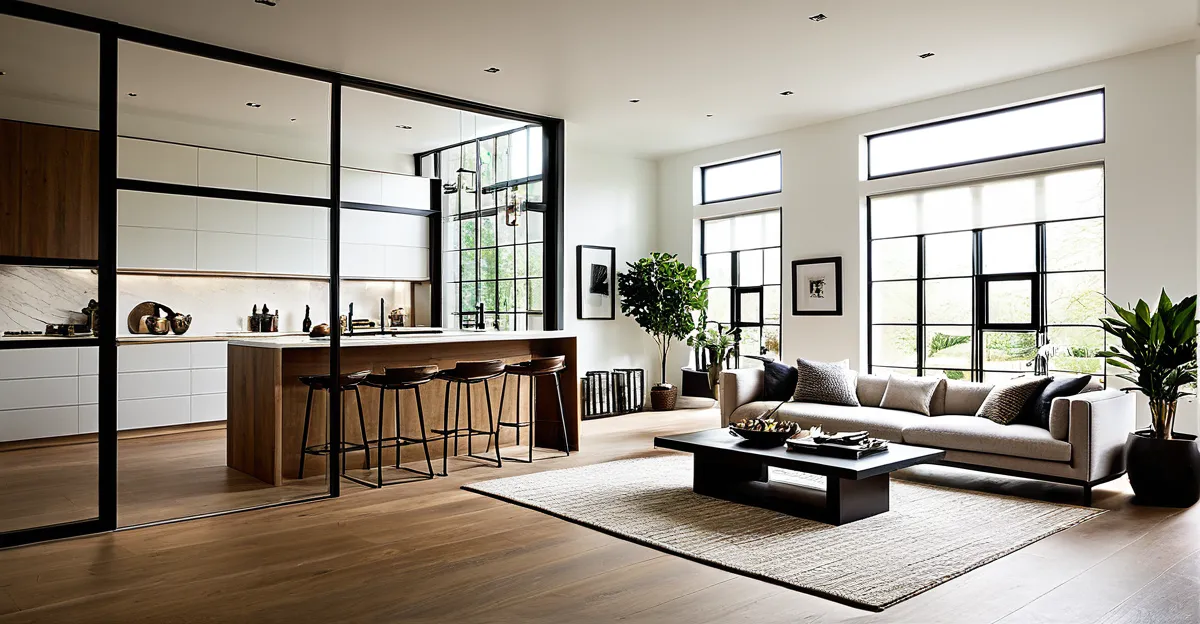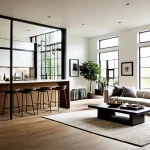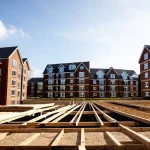Impact of Open Concept Living on Daily Habits
Open concept homes significantly reshape the daily routine by promoting fluid family interactions. With fewer walls, family members can communicate and multitask more easily across shared spaces. For example, cooking in the kitchen while supervising children in the living room becomes seamless, enhancing togetherness without sacrificing individual tasks.
The open layout also affects movement and cleaning routines. Fewer barriers mean less time spent navigating cramped hallways, increasing efficiency during daily chores. However, organizing such expansive areas requires thoughtful strategies to avoid clutter, as visual openness can amplify disorder. Utilizing defined activity zones within the open concept helps maintain order and supports a smoother workflow throughout the day.
This might interest you : How Can UK Homeowners Make Their Living Spaces More Sustainable?
Natural light is a crucial benefit in open concept homes. Spacious layouts often allow sunlight to permeate deeper into living areas, enhancing mood and creating an improved sense of space. This connection to daylight can make daily activities feel more energizing and less confined, fostering a positive atmosphere that aligns well with modern home layout trends focused on well-being and social connectivity.
Smart Home Technologies and Everyday Convenience
Smart home trends are transforming how technology integrates seamlessly into daily life. Home automation plays a vital role by streamlining morning and evening routines, making everyday tasks more efficient and comfortable. For instance, automated lighting adjusts to natural circadian rhythms, gradually brightening rooms at wake-up time and dimming them in the evening to promote better sleep cycles.
Topic to read : How Can You Transform Your Home into a Relaxing UK Retreat?
Temperature control is another key feature in smart home trends. Thermostats learn your preferences, adjusting heating or cooling automatically to maintain optimal comfort without manual input. Security systems complement these conveniences, with sensors and cameras that monitor your home and alert you via smartphone, enhancing safety effortlessly.
Voice-activated systems further boost ease of use. Instead of fumbling for switches, users can command lights, music, or appliances through simple voice prompts. This synergy between smart devices reduces physical effort and saves time, fitting perfectly into busy daily routines.
As smart home technologies advance, they continuously enhance energy efficiency and personal comfort, reflecting broader shifts in home automation focused on practical convenience. The combination of adaptability and intuitive controls makes modern homes not only smarter but genuinely more responsive to user needs.





